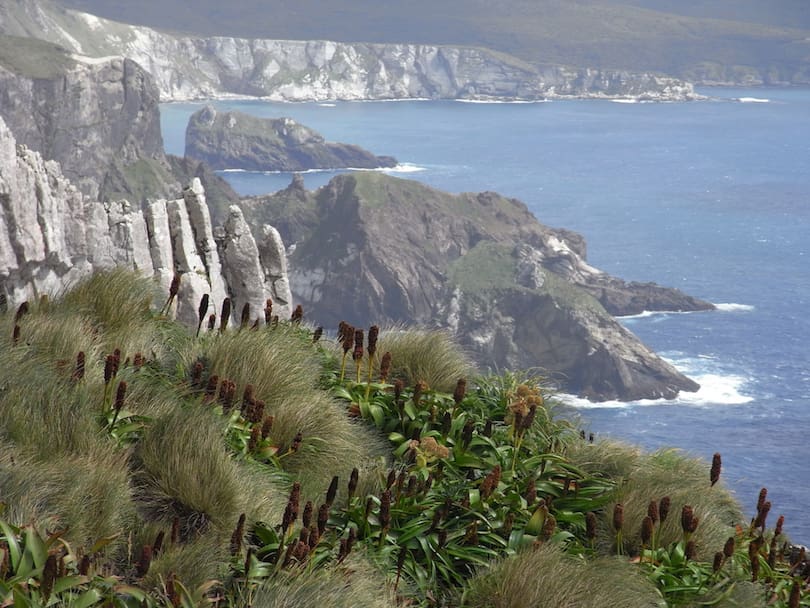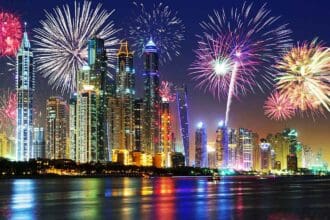Are you looking for an exotic destination filled with natural wonders and vibrant culture? Look no further than the Philippines, a tropical paradise known for its breathtaking landscapes, pristine beaches, and warm hospitality. In this article, we will take you on a virtual tour of the top 10 tourist attractions in the Philippines, showcasing the beauty and diversity this Southeast Asian archipelago has to offer. So pack your bags and get ready for an adventure of a lifetime!
1. Introduction
The Philippines is a Southeast Asian country comprising more than 7,000 islands. It boasts a rich cultural heritage, stunning natural landscapes, and a wide array of attractions that cater to every traveler’s taste. From the white sandy beaches of Boracay to the stunning limestone formations of Palawan, there’s something for everyone in this tropical paradise.
2. Palawan
Our journey begins in Palawan, an island province known for its pristine beaches and crystal-clear waters. Palawan is home to many breathtaking destinations, but two stand out among the rest.
2.1. Underground River
The Puerto Princesa Subterranean River National Park, a UNESCO World Heritage Site, is home to the Underground River, one of the New Seven Wonders of Nature. Embark on a boat tour through a mystical underground river, marveling at the stunning rock formations and diverse ecosystem that inhabit this subterranean wonder.
2.2. El Nido
Located in the northern part of Palawan, El Nido is a tropical paradise renowned for its towering limestone cliffs, crystal-clear lagoons, and pristine beaches. Explore the Bacuit Archipelago, hop on a kayak, and discover hidden lagoons and secret beaches that will leave you speechless.
3. Boracay
No list of top tourist attractions in the Philippines would be complete without mentioning Boracay, a small island famous for its powdery white sand beaches and vibrant nightlife.
3.1. White Beach
White Beach is the main attraction on Boracay, boasting a four-kilometer stretch of fine white sand and turquoise waters. Relax under the shade of palm trees, indulge in water sports, or simply soak up the sun while sipping on a refreshing cocktail.
3.2. Puka Shell Beach
For a quieter and more secluded beach experience, head to Puka Shell Beach. Named after the abundant puka shells found along its shores, this beach offers a tranquil escape from the bustling crowds. Take a leisurely stroll, collect seashells, and enjoy the unspoiled beauty of this hidden gem.
4. Cebu
Next on our list is Cebu, a province known for its vibrant festivals, historical landmarks, and stunning natural wonders.
4.1. Sinulog Festival
If you happen to visit Cebu in January, don’t miss the Sinulog Festival, one of the most colorful and dynamic festivals in the Philippines. Join the locals as they celebrate with lively street dances, processions, and cultural shows, honoring Santo Niño, the patron saint of Cebu.
4.2. Magellan’s Cross
Located in the heart of Cebu City, Magellan’s Cross is a significant historical landmark. Planted by Ferdinand Magellan in 1521, this wooden cross symbolizes the introduction of Christianity to the Philippines. Visit this iconic site and delve into the rich history of the country.
5. Bohol
Bohol is an island province known for its unique geological formations, pristine beaches, and rich biodiversity.
5.1. Chocolate Hills
The Chocolate Hills, a UNESCO World Heritage Site, is Bohol’s most famous attraction. These iconic cone-shaped hills turn brown during the dry season, resembling delicious chocolate kisses. Climb up to the observation deck and be mesmerized by the panoramic view of these geological wonders.
5.2. Tarsier Sanctuary
Bohol is also home to the Philippine tarsier, one of the world’s smallest primates. Visit the Tarsier Sanctuary and witness these adorable creatures in their natural habitat. Remember to maintain silence as you observe these shy and nocturnal animals.
6. Manila
As the capital of the Philippines, Manila offers a blend of history, culture, and modernity.
6.1. Intramuros
Step back in time and explore the walled city of Intramuros, a living testament to the country’s Spanish colonial past. Stroll along the cobblestone streets, visit the iconic Fort Santiago, and admire the well-preserved architecture that reflects centuries of history.
6.2. Rizal Park
Rizal Park, located in the heart of Manila, is a vast green space dedicated to the national hero, Dr. Jose Rizal. Take a leisurely walk, enjoy a picnic, or visit the Rizal Monument, a symbol of the country’s struggle for independence.
7. Davao
Located in the southern part of the Philippines, Davao is a city renowned for its natural wonders and vibrant culture.
7.1. Mount Apo
Rise above the clouds and conquer Mount Apo, the highest peak in the Philippines. This majestic mountain offers a challenging yet rewarding trekking experience, providing breathtaking views of lush forests, cascading waterfalls, and diverse wildlife along the way.
7.2. Philippine Eagle
Davao is also home to the Philippine Eagle, one of the world’s largest and most endangered eagles. Visit the Philippine Eagle Center and learn about the conservation efforts dedicated to protecting this majestic bird. Observe them up close and be captivated by their grandeur.
8. Siargao
Known as the “Surfing Capital of the Philippines,” Siargao is a paradise for surfers and beach lovers alike.
8.1. Cloud 9
Test your surfing skills at Cloud 9, a world-renowned surf break known for its powerful and hollow waves. Whether you’re a beginner or an experienced surfer, the adrenaline rush and the thrill of riding the waves will leave you wanting more.
8.2. Sugba Lagoon
Escape to the tranquility of Sugba Lagoon, a hidden gem tucked away in Siargao’s lush mangroves. Immerse yourself in the emerald waters, go paddleboarding, or simply bask in the serenity of this natural wonder.
9. Ilocos Region
The Ilocos Region is a treasure trove of historical sites, stunning landscapes, and mouthwatering delicacies.
9.1. Vigan
Step into the past and visit Vigan, a UNESCO World Heritage Site and one of the few remaining Spanish colonial towns in the Philippines. Explore the cobbled streets, admire the well-preserved ancestral houses, and savor the local delicacies, such as the famous Vigan longganisa and empanada.
9.2. Pagudpud
For picturesque beaches and breathtaking views, head to Pagudpud, a coastal town known for its pristine shores and scenic landscapes. Marvel at the beauty of Kapurpurawan Rock Formation, swim in the crystal-clear waters of Blue Lagoon, and let the wind carry your worries away at the Bangui Windmills.
10. Conclusion
The Philippines is a treasure trove of natural wonders, cultural heritage, and warm hospitality. From the idyllic beaches of Palawan and Boracay to the historical sites of Manila and Vigan, this archipelago offers a diverse range of experiences that will leave you in awe. So, what are you waiting for? Start planning your trip to the Philippines and immerse yourself in the beauty of this tropical paradise.
FAQs
Q1. Is the Philippines safe for tourists?
The Philippines is generally safe for tourists, but like any other destination, it’s important to take necessary precautions. Be mindful of your belongings, avoid remote areas at night, and follow the advice of local authorities. It’s always a good idea to research the safety guidelines and stay updated on travel advisories before your trip.
Q2. What is the best time to visit the Philippines?
The best time to visit the Philippines is during the dry season, which typically falls between November and April. This period offers pleasant weather and fewer chances of rain, making it ideal for beach activities and outdoor exploration. However, different regions may have slightly different weather patterns, so it’s advisable to check the specific conditions of your desired destination.
Q3. Do I need a visa to visit the Philippines?
Many nationalities are granted visa-free entry to the Philippines for a certain period, usually up to 30 days. However, it’s essential to check the visa requirements for your specific country and ensure your passport has a validity of at least six months. If you plan to stay longer or have a different type of visit, it’s advisable to consult the nearest Philippine embassy or consulate for detailed visa information.
Q4. What are some traditional Filipino dishes to try?
Filipino cuisine is diverse and flavorful, offering a range of unique dishes. Some traditional Filipino dishes to try include adobo (meat marinated in vinegar and soy sauce), sinigang (sour soup with meat and vegetables), lechon (roasted pig), and halo-halo (a refreshing dessert with mixed fruits, sweet beans, and crushed ice). Don’t miss the opportunity to savor these delicious culinary delights during your visit.
Q5. Can I swim with whale sharks in the Philippines?
Yes, swimming with whale sharks is possible in the Philippines. One popular destination for this activity is Oslob, Cebu, where visitors can have a close encounter with these gentle giants. It’s important to choose responsible operators who prioritize the well-being of the whale sharks and follow guidelines to ensure a sustainable and ethical experience.





